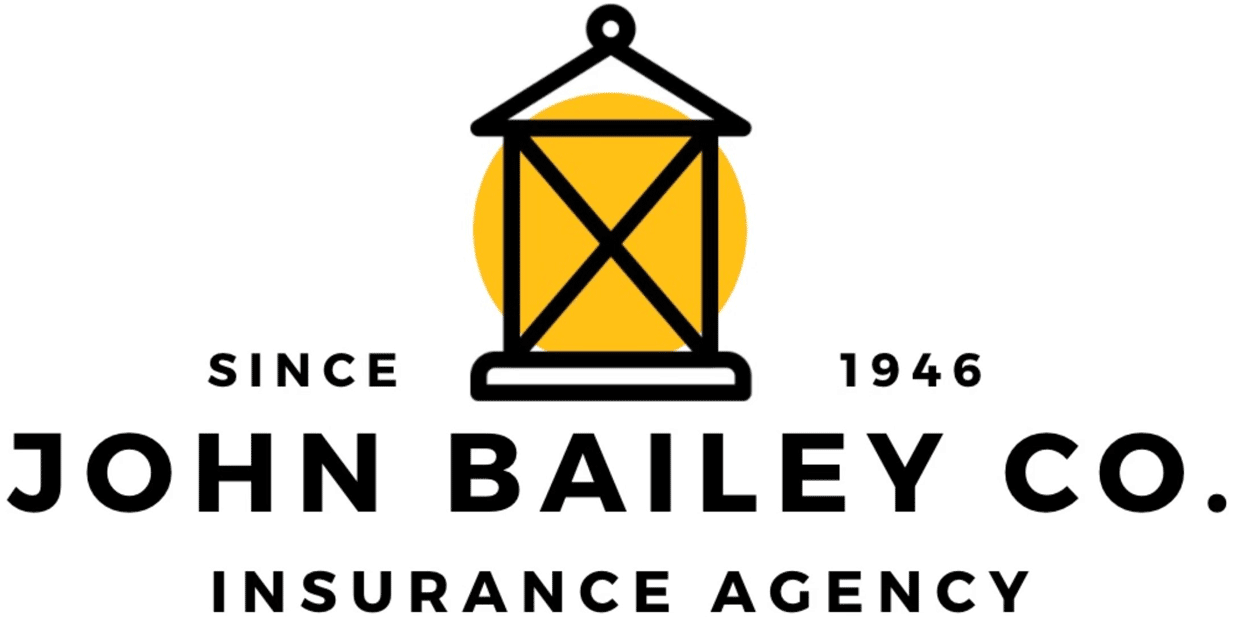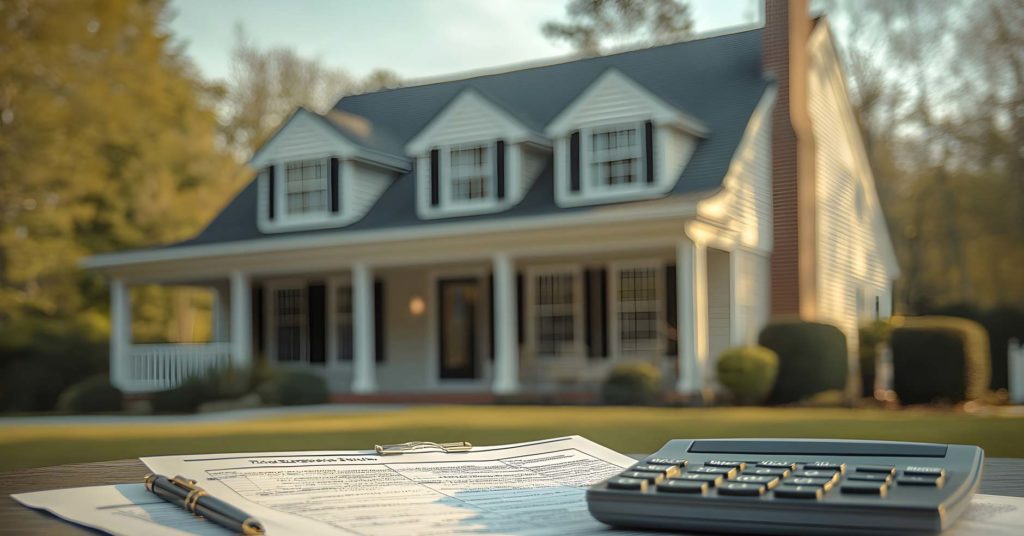Property insurance premiums have been steadily increasing over the last five years, leaving property owners questioning why they’re paying more for the same – or sometimes less – coverage. However, these rising costs aren’t arbitrary – they’re influenced by several key factors that insurers contend with in this marketplace and our society. If you’ve noticed the upward trend in your insurance premium, it’s essential to understand the underlying causes so you can make informed decisions about protecting your assets.
Understanding the Key Drivers of Rising Property Insurance Premiums
Catastrophe Losses
The frequency and severity of natural disasters have been climbing. Hurricanes, wildfires, floods, and severe storms are causing unprecedented damage to homes and commercial properties. Insurers face greater financial burdens when paying out claims for these large-scale events, which directly impacts the premiums they charge policyholders.
For example, Hurricane Ian in 2022 alone caused an estimated $112 billion in insured losses. This increased exposure affects all property owners, even those in areas historically considered “low risk.”
But what if you’re not in a “disaster-prone” area? Insurers try to achieve “spread of risk” to lower their overall risk factors. That means that national and even regional insurers must write policies in areas where they are less likely to have losses in order to have a financial model that will protect them from losses in higher risk areas.
Building Material Costs
Construction and building materials like lumber, steel, and concrete have seen significant price hikes over recent years. Global supply chain disruptions and inflation have further exacerbated this issue. Since insurers base repair and rebuilding costs on current material prices, the increase in these costs translates to higher premiums for policyholders.
Labor Costs and Availability
A shortage of skilled labor in the construction and restoration industries has also contributed to rising claim expenses. Labor costs are increasing as contractors charge more to account for high demand and limited availability. This directly impacts the cost insurers incur to settle claims, leading to premium adjustments to offset these surging expenses.
Claims Severity
Claims aren’t just becoming more frequent – they’re also becoming more expensive. Homes and commercial properties today often contain expensive appliances, upgraded finishes, and advanced technology that make replacement or repair more costly (e.g., solar panels on roofs). Insurers must factor in not only basic structural repairs but also restoring these higher-end features when calculating premiums.
Reinsurance Costs
Reinsurance is a form of insurance that insurers purchase to protect themselves from significant losses. Think of it as a safety net for the insurance companies themselves. However, as natural disasters and financial risks grow, reinsurance costs have skyrocketed. Insurers then pass a portion of these increased costs along to policyholders through higher premiums.
How Rising Premiums Impact Property Owners
For property owners, the effects of rising insurance premiums can feel like an added financial strain in an already challenging economic climate. However, the importance of maintaining adequate coverage cannot be overstated. Skimping on insurance to save money upfront could leave you financially vulnerable in the aftermath of a disaster.
Still, rising premiums prompt many owners to consider their options and strategies for managing these costs. This could involve reviewing your coverage to ensure it aligns with your needs or even exploring discounts and incentives for reducing risks associated with your property.
What Can Property Owners Do?
While premium hikes may seem unavoidable, there are proactive measures you can take to better manage your property insurance costs:
- Mitigate Risks: Invest in upgrades that make your property safer. Installing fire-resistant roofing, storm shutters, or a security system can often lead to insurance discounts.
- Raise Your Deductible: Opting for a higher deductible can lower your annual insurance premium. Just ensure you have enough savings to cover the higher upfront cost in the event of a claim.
- Bundle Policies: If you own multiple properties or also need other types of insurance, such as auto coverage, bundling your policies with one insurer may yield discounts.
- Regularly Review Your Policy: Are you paying for extras you don’t need? Discuss updates your policy periodically with your agent to avoid over-insuring or under-insuring your property.
The Outlook
Unfortunately, the factors driving higher premiums aren’t likely to subside anytime soon. But understanding these trends helps you anticipate future changes and make calculated decisions about your insurance coverage.
Need help understanding your property insurance options? Talk with our team to ensure you’re adequately covered and know the options you have for protection.

